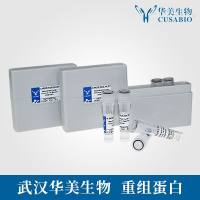Analysis of Aldehydic Markers of Lipid Peroxidation in Biological Tissues by HPLC with Fluorescence Detection
Increasing evidence supports a role for oxidative stress in the neuronal degeneration observed in a spectrum of neurological disorders including stroke, amyotrophic lateral sclerosis (ALS), Parkinson’s disease (PD), head trauma, and Alzheimer’s disease (AD) (reviewed in ref. 1 ). Of particular interest is the role of lipid peroxidation and the aldehydic by-products of lipid peroxidation in the pathogenesis of neuron degeneration in these diseases. Peroxidation of lipids leads to aldehyde formation including C3 –C10 straight-chain aldehydes and a series of α,β-unsaturated aldehydes including acrolein and 4-hydroxynonenal (HNE). Although the straight-chain aldehydes have no discernable toxicity, acrolein and HNE are neurotoxic and could potentially play a role in the pathogenesis of AD among other diseases. The most common methods of measuring lipid peroxidation center around measurement of aldehydic by-products, including the use of ultraviolet (UV)-Vis spectrometry to measure the heat mediated-condensation products of aldehydes with thiobarbituric acid in the thiobarbituric acid-reactive substances (TBARs) assay. Although this method will provide an overall measure of aldehyde levels, including malondialdehyde (MDA), it is plagued with interferences from nonlipid derived aldehydes from sugars, amino acids, and DNA, and species resulting from chemical interaction of thiobarbituric acid with nonlipid molecules during the assay (2 ).
![预览]()






